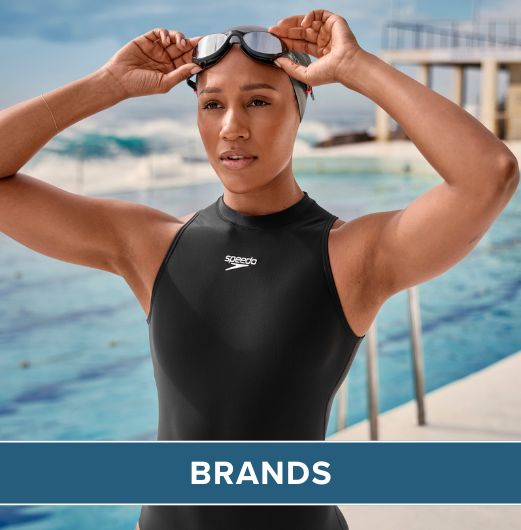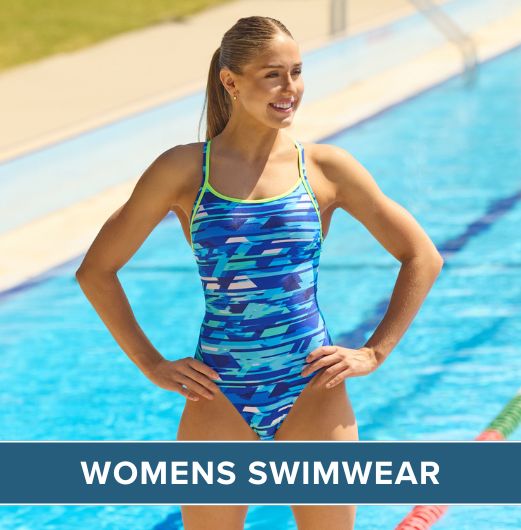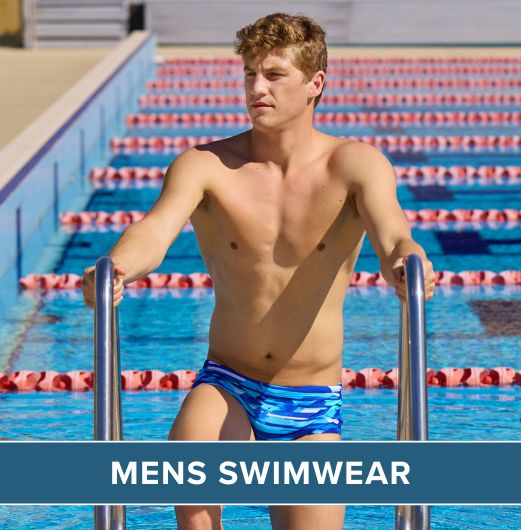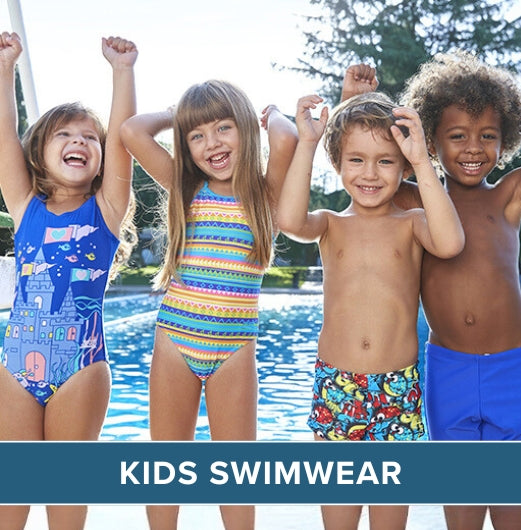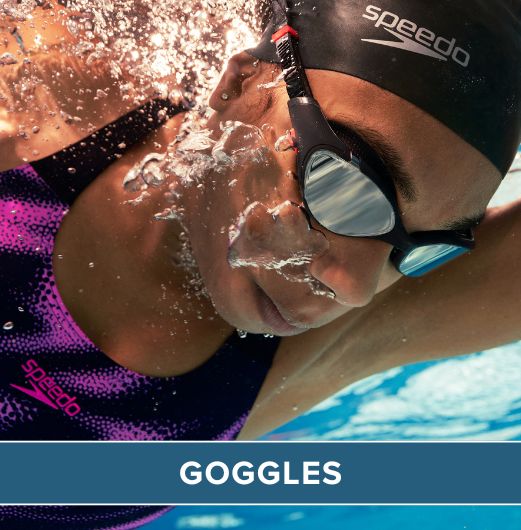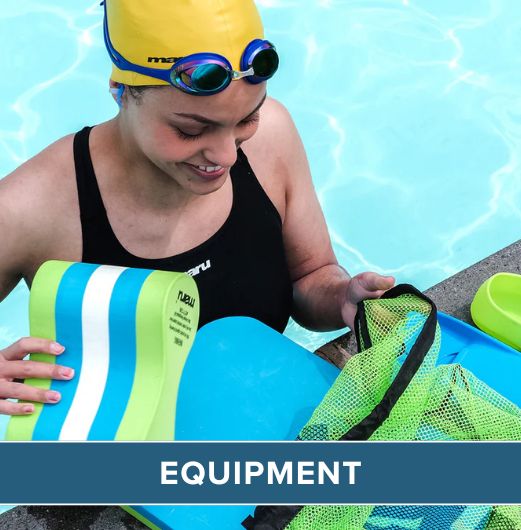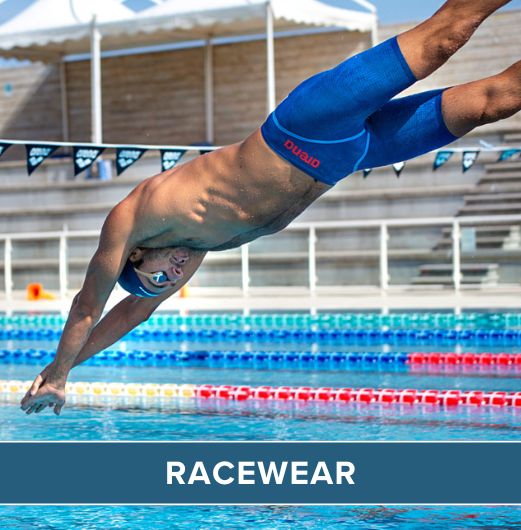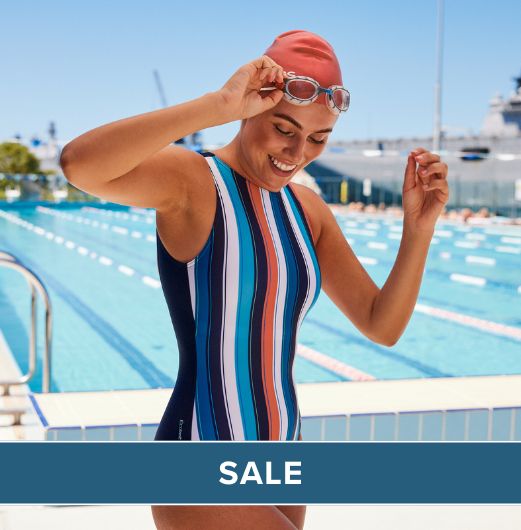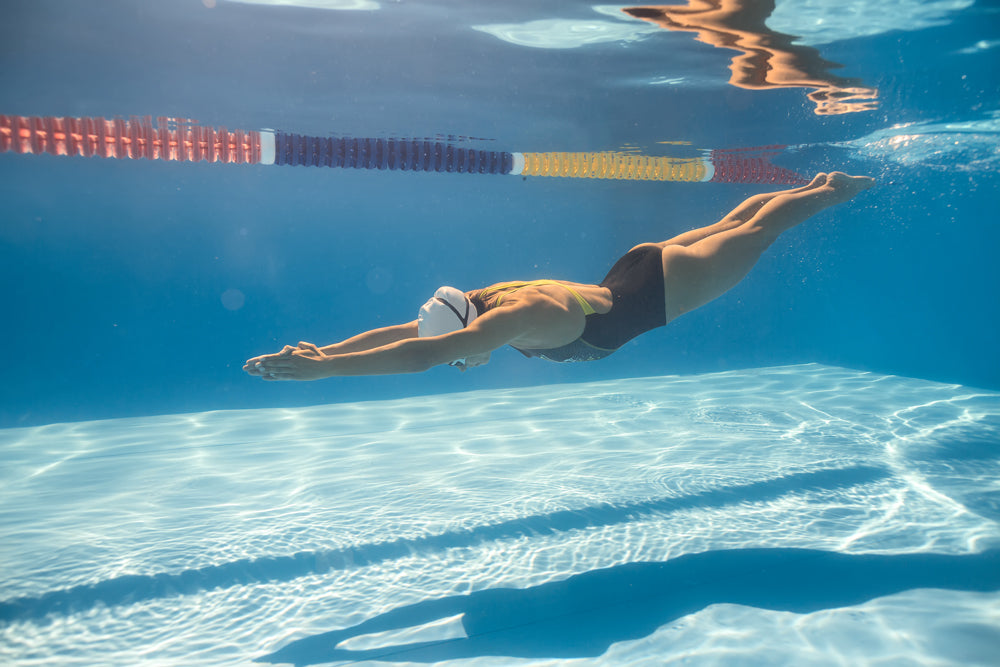
Commonly used Fabrics
Nylon is probably the most common material used in swimwear as it is extremely strong, lightweight and fits the body nicely as well as being quick drying. The downside is that Nylon doesn't hold dye particularly well so will often be mixed with other fabrics to help retain colour or treated to be sun and chlorine resistant (see below for more on this).
Lycra can be found in almost every quality swimsuit due to its great fit and elasticity but also tends to be mixed with other materials due to it not being the most comfortable fabric in high quantities and again must be treated to withstand the effects of chlorine.
Cotton rarely features in high quality swimwear as it does not provide a very good fit, tends to sag after time and holds water - this is more commonly found in cheap or fashionable swimwear.
Polyester is used for it's chlorine resistant and fade resistant properties and is often mixed with other materials.
PBT (Polybutylene Terephthalate) is also used due to it's natural stretch and chlorine resistant properties and is used by specialist manufacturers, like Speedo and Arena. When incorporated into a swimsuit, polyurethane compresses the skin with the right amount of pressure, preventing excessive friction and improving your aerodynamic performance.
Regardless of what material your swimwear is made of we recommend caring for it properly, ie. rinsing it when you leave the pool, sea or lake and treating it with the recommended care when washing.
Chlorine Resistance
Most good swim brands use some grade of chlorine resistant material when constructing swimwear, especially if it is destined for use in a pool, as chlorine is routinely added to swimming pools to keep them free from any bacteria that could be hazardous to human health. The first downside to chlorine is that you'll notice is - it smells pretty bad and it can also irritate sensitive skin and cause itching. It can also make your swimsuit degrade faster, often people don't put two and two together as to why their swimsuit has faded dramatically, become worn out and tired looking after what seems like very little use.You'll find this quickly apparent if you buy a swimsuit that is meant to be more of a fashion piece to parade around in or a cheap and cheerful one from your local supermarket rather than a workhorse meant for training. Dedicated swim brands put a lot of effort into constructing swimwear that is resistant to the effects of chlorine, so their customers get better value for their money and find that their swimwear lasts and lasts even if used regularly. Look out for designs that use 100% chlorine resistant fabric such as Speedo's Endurance+ and Zoggs Aqualast. Some swim brands offer materials that offer a good degree of chlorine resistance but are not 100% such as the Maru Pacer fabric.
Drag Reducing Material
If you're a competitive swimmer or you participate in sports such as Triathlon your swimwear can enhance your performance. Excessive drag can slow you down significantly, and generally speaking, the bulkier the material, the more drag it will create. Well-established brands like Speedo and Arena use low-drag materials in their high-tech swimwear to improve how you glide through the water inspired by the skins of marine animals. These materials often have the added bonus of being quick drying which is useful for sports that have a out of water leg, as the water will not be held in the material and weigh you down. Look out for materials such as Fastskin and LZR Racer Elite from Speedo and Carbon Pro MK2 from Arena that are incorporated into designs that cover the arms and legs. Bear in mind that the suit you choose must be FINA approved to use in certain competitions.
Other aspects to consider
It is important to consider the degree of friction that the material will produce when in touch with your skin. This is particularly important because swimming requires that you perform repetitive movements, more so if you are training or are a competitive swimmer. Excessive friction can leave marks or even sores on your skin, taking away the enjoyment of the experience and reducing your performance levels. Due to this reason, it is important to look for swimsuits that are made with low-friction materials, such as the nylon-elastane combination used in some Speedo high performance swimsuits.
 Free Tracked UK Delivery
Free Tracked UK Delivery Hassle Free Returns
Hassle Free Returns Next Working Day OPTION
Next Working Day OPTION Found It Cheaper?
Found It Cheaper?



